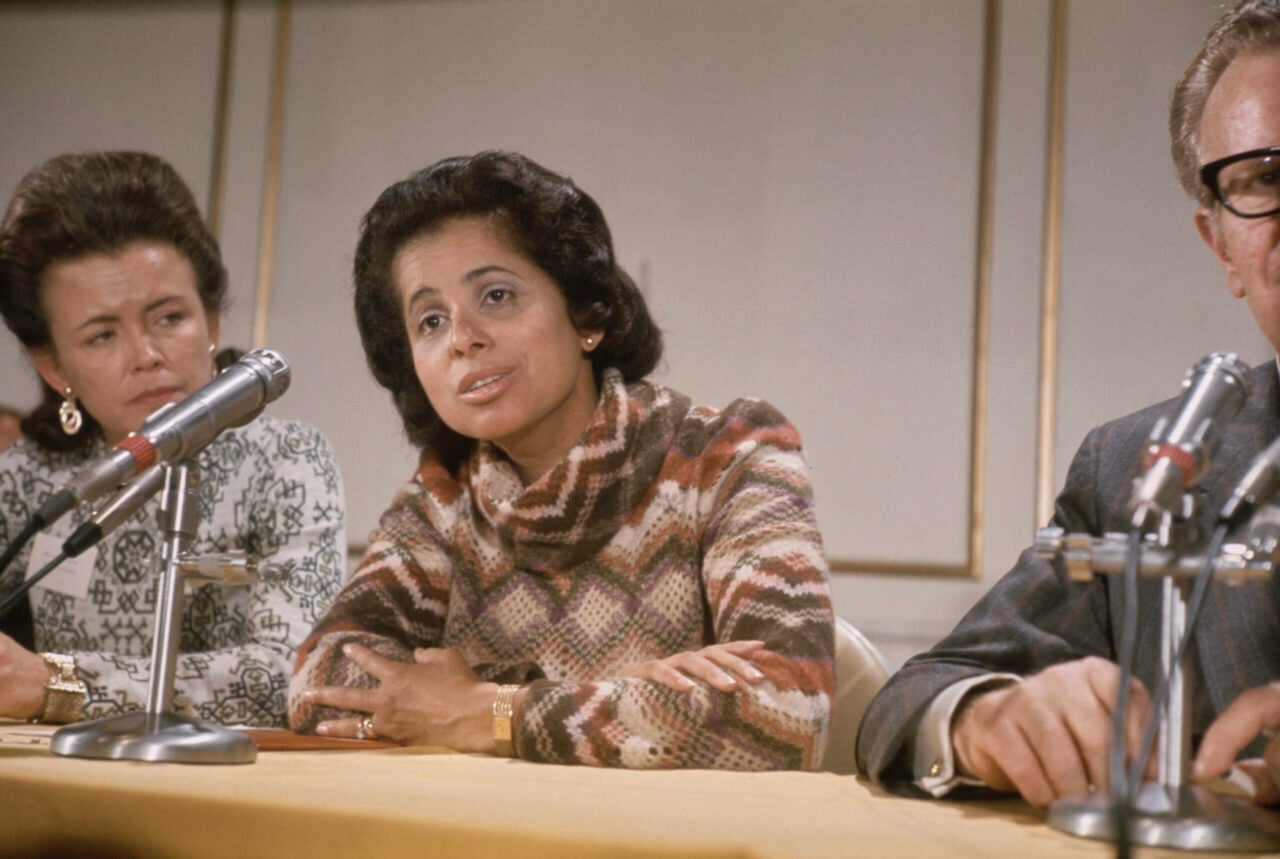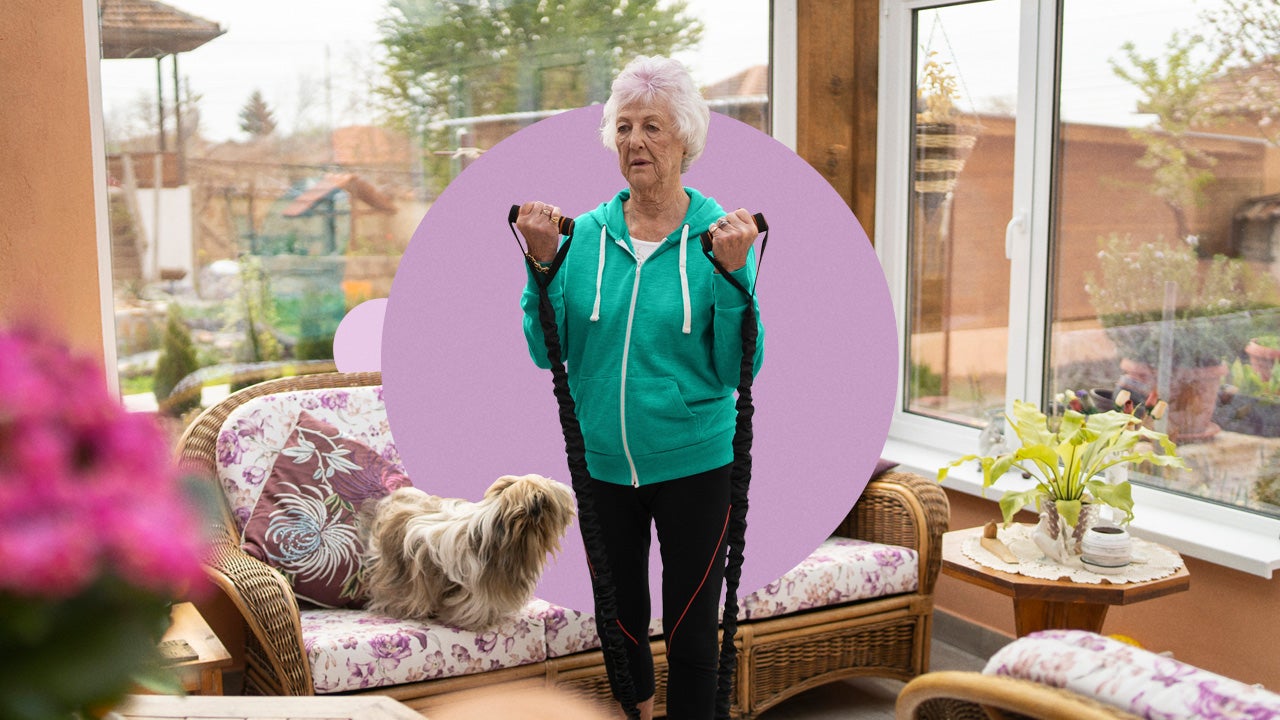The history of women in real estate

Maskot/Getty Images
Key takeaways
- Women in the U.S. were not allowed to finance real estate purchases without a husband or male co-signer until the 1970s.
- While women dominate the ranks of Realtors, property managers and interor designers, they comprise less than 15% of the construction industry, and one-third of the mortgage brokerage industry.
- Three secretaries of the U.S. Department of Housing and Urban Development have been women.
Women have an illustrious history in the real estate industry — but it’s not a very long history. In fact, in the U.S., aspiring female homeowners weren’t even allowed to finance purchases on their own until the 1970s. Thankfully, women have achieved high levels of real estate–related success since then, both as homebuyers and as industry professionals. Here are some of the most outrageous facts and impressive figures in the history of women in real estate.
Women in real estate facts and figures
- 65% of all Realtors are female
- 61.9% of property managers are female
- 14% of construction industry professionals are female
- 27% of architects are female
- 83% of interior designers are female
- 20% of homebuyers are single females
History of women in real estate
- Today, many women work in the home title industry. However, that wasn’t the case until the 1920s — in fact, when the American Land and Title Association (ALTA) was first established in 1907, it was called the American Association of Title Men. They changed that in 1923, and ALTA had its first female president in 2000.
- The primary author of the Housing Act of 1937 (aka the Wagner-Steagall Act), which provided subsidized residences for low-income citizens for the very first time, was Catherine Bauer (1905-1964). An outspoken advocate of affordable housing, Bauer advised three different presidents and an array of federal agencies on urban planning for 30 years. The Wagner-Steagall Act made possible public housing developments like the Ten Eyck Houses in Brooklyn, New York (below).

- The first chapter of the National Association of Women in Construction was founded in 1953 by 16 women in Fort Worth, Texas. Today, NAWIC boasts more than 115 chapters all over the U.S. And while much has been made of the wage gap between men and women in the workforce, according to NAWIC, female construction pros earn 95.5 percent of what the guys make.
- Women have more of a presence in designing buildings than constructing them: In 2004, Zaha Hadid (below) became the first female to win the Pritzker Prize, architecture’s equivalent of an Academy Award. And the pace of progress may be quickening: The National Council of Architectural Registration Boards reports that 2 in 5 new architects are women.

- When it comes to real estate interiors, the gender figures are flipped. An overwhelming percentage of interior designers are women. In fact, the person credited with inventing the field was female: Elsie de Wolfe (below, far right), an actress who in 1905 hung out a shingle declaring herself a professional decorator. She went on to style the homes of high society names like the Morgans, the Vanderbilts, the Fricks and the Duke and Duchess of Windsor.

- Three out of 17 Secretaries of the U.S. Department of Housing and Urban Development have been women. The first was Carla A. Hills, who served from 1975 to 1977, followed by Patricia R. Harris (below) from 1977 to 1979. Harris, who was also the first African-American woman appointed to the post, reformed the department, shifting its focus to fighting housing discrimination and funding the revitalization of inner-city neighborhoods. The third was Marcia Fudge, who led HUD from 2021 to March 2024. Deputy Secretary Adrianne Todman replaced her as the acting head until January 2025.

- While the majority of real estate agents today are female, in 1908, when the National Association of Realtors was founded, the group was 100 percent male. The first woman was admitted to its membership in 1910, and by 1975, a third of its membership was female. NAR named its first female president in 1992.
A number of female real estate pros are famed in their field, but perhaps the best-known is Barbara Corcoran, founder of the Corcoran Group and one of the investor judges on the hit TV series “Shark Tank.”
- Before 1974, women often were not permitted to obtain a mortgage without a male cosigner. Today, women actually outpace men in homeownership.
- In the home financing fields, nearly one half of all loan officers (44.7%) are women. Just about one-third (32.5%) of all mortgage brokers are women, but they head some major firms (see table).
Some notable women in real estate today
| Name | Title | Organization |
| Daryl Fairweather | Chief Economist | Redfin |
| Selma Hepp | Chief Economist | CoreLogic |
| Jessica Lautz | Deputy Chief Economist & Vice President of Research | National Association of Realtors |
| Neda Navab | President | Compass |
| Susan Wachter | Professor of Real Estate and Finance/Co-Director | University of Pennsylvania’s Wharton School/Penn Institute for Urban Research |
| Nykia Wright | Chief Executive Officer | National Association of Realtors |
| Sue Yannacone | President & CEO | Anywhere Brands/Anywhere Advisors (brokerage) |
FAQ
-
Single women could own property under certain circumstances, but married women in the U.S. couldn’t buy or own property in their own name until the mid-1800s; everything belonged to their husbands, even inheritances. That began to change in 1848, with the passage of the Married Women’s Property Act in New York, which ensured the holdings a woman brought into a marriage remained her own. Other states followed suit. The Homestead Act of 1862 governed land ownership in the developing western territories and allowed any household head — without reference to gender — to gain title to a piece of raw land and develop it. By 1900, married women were allowed to own property in their own name in virtually the entire country. However, it wasn’t until the passage of the Fair Housing Act in 1968 that discrimination against homebuyers and renters on the basis of sex and other protected classes became illegal under federal law.
-
1974 is often cited as the year of women’s mortgage liberation. Before then, financial institutions could legally refuse loans to unmarried women, or require them to have a male co-signer. Likewise, a married woman often couldn’t apply for a mortgage on her own; she had to have her husband’s permission. Such practices were outlawed by the passage of the Equal Credit Opportunity Act in 1974, which prohibits discrimination against a loan or credit applicant for reasons related to sex, marital status or familial status (as well as race, religion and protected classes).
You may also like

Should I buy a house now, or wait?
Real Estate

Mortgages for retirees and older adults
Mortgages

The history of women and mortgages
Mortgages



